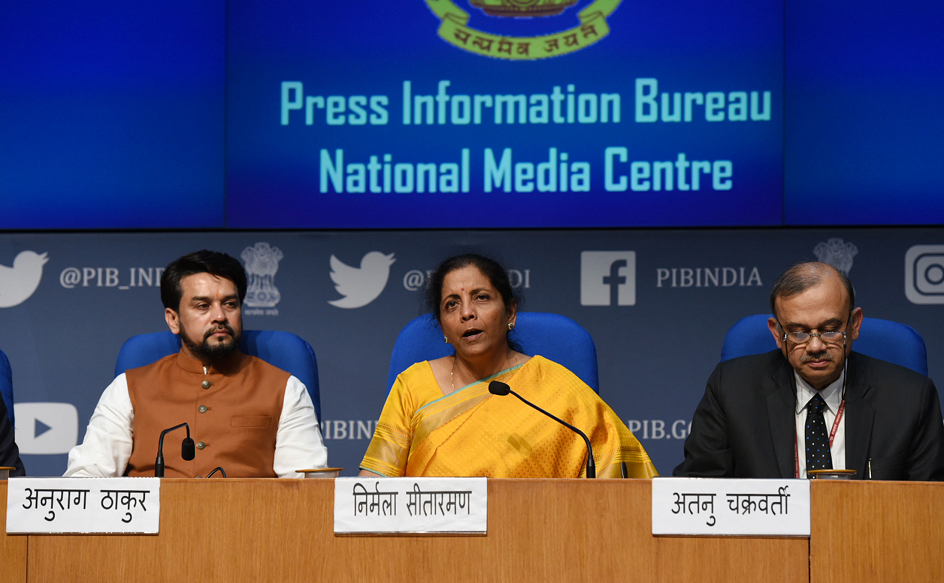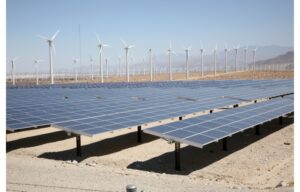- India’s annual budget for FY 2020-21 has made provisions for the renewable energy segment
- Of the total INR 220 billion allocated to the power and renewable energy sector, INR 57.53 billion has been given to the MNRE
- Solar power has secured INR 25.16 billion for grid interactive and off-grid solar segments
- Focus will be on expanding solar power scheme among farmers to encourage them to opt for solar powered pumps
- Government has also proposed a concessional corporate tax rate of 15% to new domestic companies engaged in generation of electricity, provided these start generating electricity by March 31, 2023
The Indian government has allocated INR 220 billion ($3.08 billion) to the country’s power and renewable energy sector in FY 2020-21 while the Ministry of New and Renewable Energy (MNRE) has been awarded an annual increase of 10.62% with INR 57.53 billion ($806.65 million) in India’s annual Budget 2020.
Some salient features that related to the power, renewable energy and specifically solar power sectors in the Budget 2020 speech of Indian Finance Minister Nirmala Sitharaman are:
- Of the total MNRE budget proposed, INR 21.5 billion ($301.46 million) has been lapped up by the grid interactive solar power segment and another INR 3.66 billion ($51.34 million) by the off-grid solar segment.
- The Kisan Urja Suraksha Evam Utthaan Mahabhiyan (KUSUM) scheme for the farming sector under which the government is targeting to add 25.75 GW of solar power capacity receives allocations of INR 3 billion ($42 million) for grid-interactive solar and about INR 7 billion ($98 million) for off-grid projects.
- The solar pump scheme for agricultural use will be expanded to 2 million farmers to encourage them to install stand-alone solar pumps and another 1.5 million farmers will be enabled to install solar powered pump sets and connect these to the grid to sell excess power generated.
- Farmers will be allowed to set up solar power generation capacity on their fallow/barren land and sell the power generated to the grid.
- To support electrification of the Indian railways, land owned by the department alongside the rail tracks will be used to set up large solar power capacity, a proposal which is currently being considered.
- Concessional corporate tax rate of 15% to new domestic companies engaged in the generation of electricity, provided these start generating electricity by March 31, 2023.
- States and union territories (UT) to replace conventional energy meters with prepaid smart meters in the next three years which will also allow consumers the freedom to choose the supplier and rate as per their requirements. “Further measure to reform discoms would be taken,” promised Sitharaman in her Budget 2020 speech talking about discoms under financial stress.
- To shutter ageing thermal power plants whose emission levels are high, and the resultant vacant land to be put to alternative use.
- Sitharaman also introduced amendments to the Customs Tariff Act 1975, stating that the government will “Create tariff items 8541 40 11 for “Solar Cells, not assembled” and tariff item 8541 40 12 for “Solar Cells assembled in modules or made up into panels”. The tariff rate for these items is 20%. However, these items will continue at ‘Nil’ BCD.”
This clause relates to basic customs duty (BCD), which means there will be no such duty on the import of solar cells and modules into the country. “Unless the earlier notification is amended to exclude the solar cells and modules from customs duty exemption, the items will continue to have 0% duty,” stated Mercom.
The MNRE had earlier recommended the finance ministry to impose BCD on imported solar cells and modules with effect from April 1, 2021 in a bid to support domestic manufacturers (see MNRE For Customs Duty On Imported PV Cells & Modules).
Imported solar cells and modules coming into India from China and Malaysia are already expected to pay safeguard duty, which currently has come down to 15% from the previous 25% (see 25% Safeguard Duty Imposed By India).



